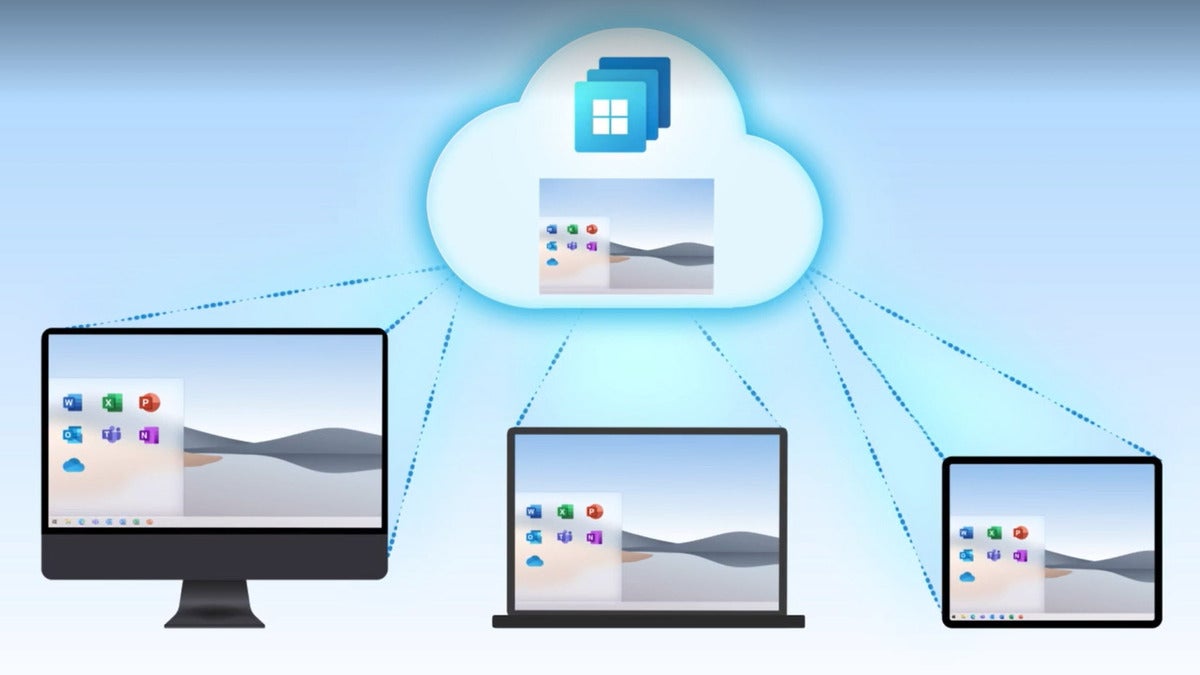Microsoft clawed its way back from oblivion by betting big on the cloud rather than focusing on its then-cash cow, Windows. Not only has the company become a big provider of cloud services to enterprises, but it’s also converted as many of its products as possible to the cloud.
Just consider what Microsoft did with Office. Years ago, consumers or enterprises bought a client version of Office for a one-time payment, and then used it as long as they wanted without having to pay again. These days, businesses and consumers more typically buy a monthly or annual subscription, which constantly updates via the cloud.
For Microsoft, that means a lot of additional recurring revenue.
With that in mind, the company is considering doing the same thing for Windows, but with an even stronger focus on the cloud. If Microsoft has its way, not only will people pay an annual subscription for Windows, but they’ll also load Windows directly from the cloud rather than on their own PCs.
At least, that’s the vision the company laid out in an internal “state of the business” presentation a year ago. (The presentation only recently came to light as part of a hearing in which the US Federal Trade Commission is trying to block Microsoft’s $68.7 billion acquisition of Activision Blizzard.)
In a consumer-focused section of the presentation titled “Long Term Needle-Moving Opportunities,” Microsoft said this about the importance of making Windows cloud-based:
“Move Windows 11 Increasingly to the Cloud: Build on Windows 365 to enable a full Windows operating system streamed from the cloud to any device. Use the power of the cloud and client to enable improved AI-powered services and full roaming of people’s digital experience.”
A closer look at Windows 365
That’s a mouthful and a lot to unpack. To better understand it, you need to know that Windows 365 is a cloud-based version of Windows for businesses and enterprises that streams Windows as well as its apps, data, content, and settings from the cloud to any device.
So, whether you’re on your PC at home, one at work, or a different one while traveling, you’ll get precisely the same version of Windows with all its apps, data, and settings intact. Leave off work at the office, and when you get home, you’ll be able to get back to it via Windows 365, doing exactly what you were doing at the office.
IT oversees Windows 365 in organizations; it’s not up to individuals to provide their own tech support. So IT troubleshoots any network, Wi-Fi, loading, or other issues. You’re not dealing with the vagaries of Windows and the cloud on your own.
The benefits to businesses can be considerable, according to Microsoft. Working remotely can be more secure, because IT controls the security settings of everyone’s PC, rather than individuals doing it. IT can save time onboarding new employees, because hardware setup time is considerably reduced — just stream Windows to a device….
2023-07-13 10:48:02
Original from www.computerworld.com rnrn
